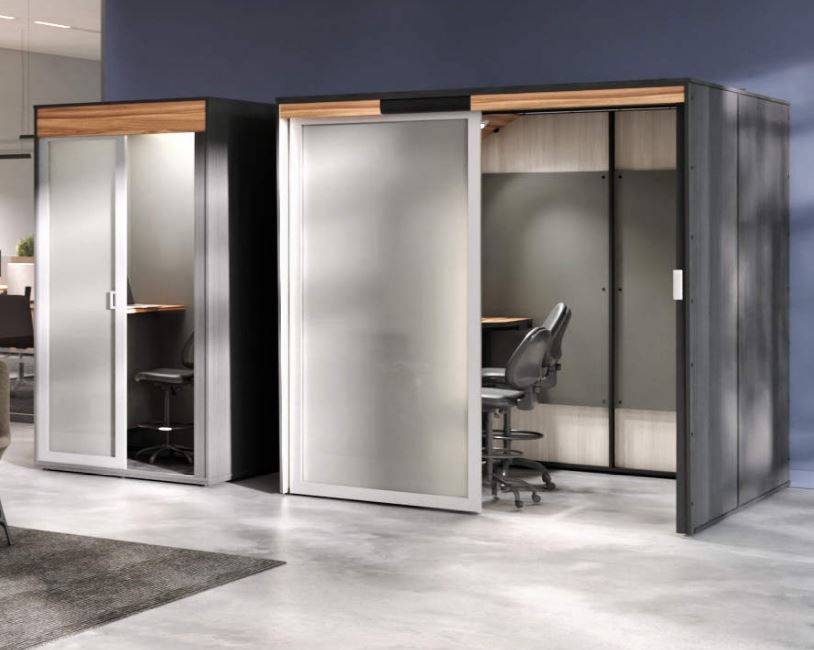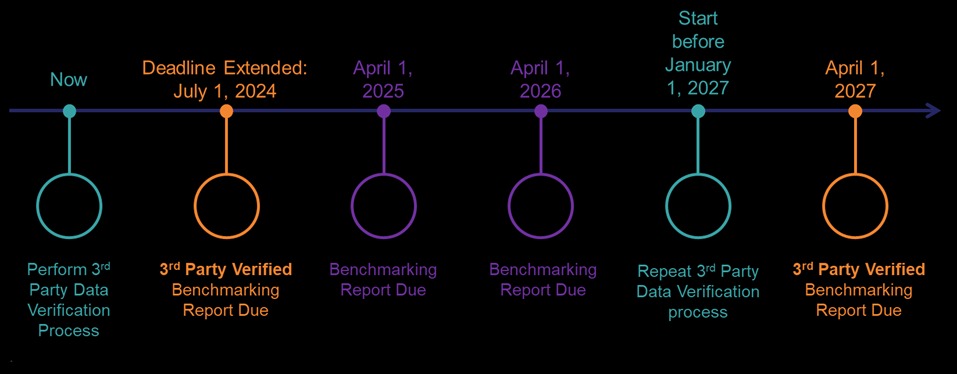

Blog
SWA has come across several challenges and learned a lot through our benchmarking data verification efforts. While some of the data corrections may be unique to the buildings, some are more general. Here are five of the issues we’ve seen so far.

In case you missed it, emergency legislation has extended the DC third-party data verification deadline to July 1, 2024.
In the past few months, SWA has helped Washington, DC, building owners complete mandatory third-party benchmarking data verification for 2023 calendar year data. With the deadline extended, now is a good time to talk about the recurring issues we’ve seen and the lessons we’ve learned.

SWA has come across several challenges and learned a lot through our benchmarking data verification efforts. While some of the data corrections may be unique to the buildings, some are more general. Here are five of the issues we’ve seen so far.
If you have one large property with a few buildings, you may expect that it would be benchmarked as one. It is not quite so simple! The correct benchmarking depends on several factors including equipment and utility metering configuration of the property. We have seen a few instances where buildings should be benchmarked separately but are reporting as one.
Your building’s gross floor area (GFA) and space use types are the key factors for benchmarking reporting, yet we have seen over or under reported GFA in buildings along with inaccurate or missing space use types.
Unfortunately, we have seen misalignment between the meter list building owners have provided to Pepco and the list Pepco returns. There may be transposing errors, missing meters, or extra meters in the Pepco list. Correcting this adds time to the verification process. Ultimately, DOEE puts it on the owner to ensure the two lists align, so give yourself time for revisions if possible.
If your building has ground floor retail spaces, there are several things you need to consider to report those correctly. Retail spaces may even be eligible for exclusion from the benchmarking report if they meet certain criteria. Updating or excluding these retail spaces requires a benchmarking data correction before verification can be completed.
Your building may have solar panels, and if so, there should be a solar meter reporting the total generation on site. The benchmarking report is incorrect without solar meter information, and verifiers cannot complete the verification checklist without on-site renewables where applicable. The only exception is if you have community solar; this does not need to be entered in Portfolio Manager.
If you haven’t started third-party verification for your building, contact us! We can discuss your building and help you meet the extended July 1 deadline.
SWA helped the Building Innovation Hub develop a sample scope of work (SOW) for DC’s third-party benchmarking data verification requirements along with a companion how-to blog post. You can also catch up on DOEE’s third-party verification webinar and a combination Hub/SWA webinar that were delivered before the emergency legislation extended the reporting deadline.
Contributor: by Iffat Ridwana, Building Systems Analyst on SWA’s Building Operations, Decarbonization, Efficiency (BODE) team
Steven Winter Associates